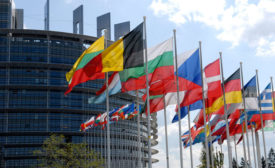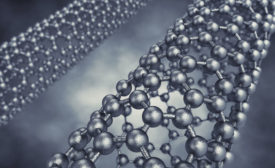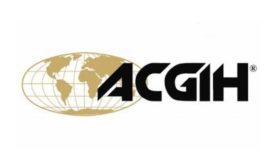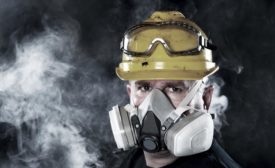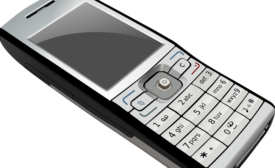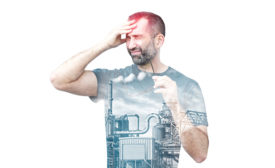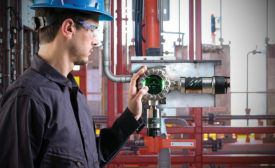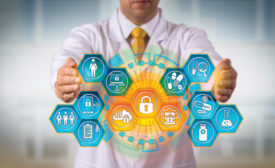Industrial Hygiene
Report from abroad:
Spain wants big change in workplace silica exposure levels
October 15, 2019
Digital Edition Exclusive
For Your Health & Wellness: Do cell phones pose a health hazard?
October 2, 2019
Best Practices
Know where your knowledge gaps are
Essentials: ACGIH® TLVs® and BEIs® booklet
October 1, 2019
Never miss the latest news and trends driving the safety industry
eNewsletter | Website | eMagazine
JOIN TODAYCopyright ©2024. All Rights Reserved BNP Media.
Design, CMS, Hosting & Web Development :: ePublishing

